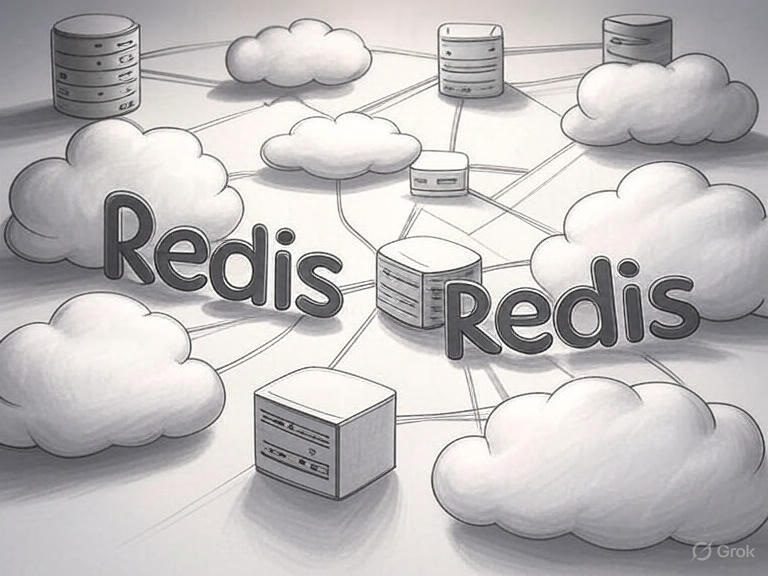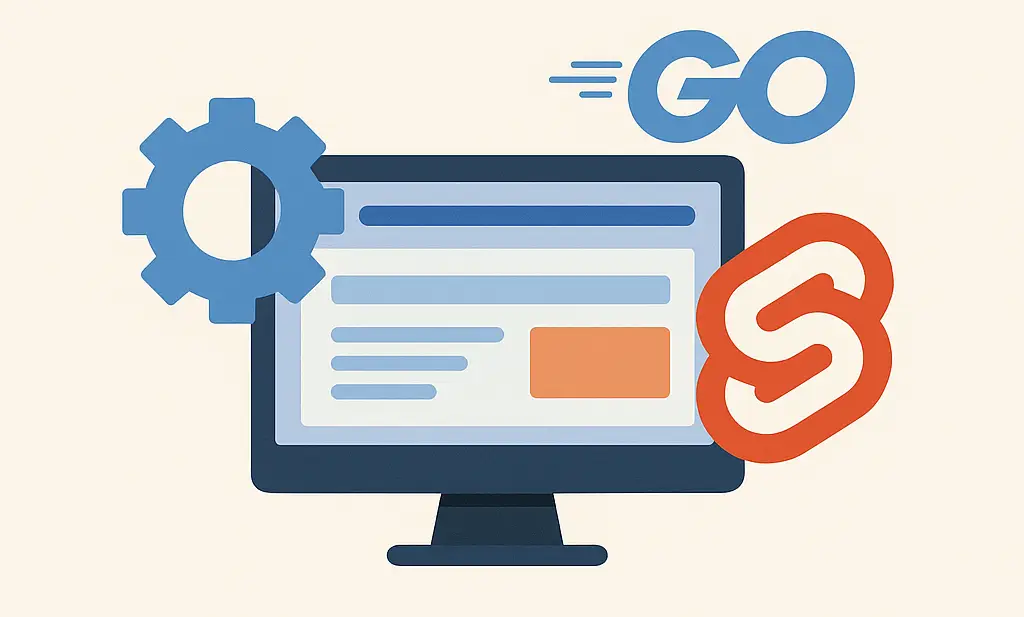As an experienced ecommerce manager specializing in SEO, I understand the crucial role that eCommerce product image optimization plays in driving traffic and increasing sales for your online store. Whether you’re a small business owner or a web developer, optimizing your ecommerce website for Google Images can significantly enhance your online presence. In this comprehensive guide, I’ll walk you through the most important strategies for optimizing your images for search engines in 2024.

Introduction
Importance of ecommerce product image optimization
Images are a powerful tool in ecommerce. They not only attract attention but also help convey the quality and details of your products. Optimizing your product images for Google Images can improve your website’s visibility, attract more visitors, and ultimately boost sales.
Impact on traffic and conversions
Optimized product images can drive high-quality traffic to your website. When users search for products on Google Images for example, well-optimized product images are more likely to appear higher in the search results, leading to increased click-through rates and higher conversion rates.
Image file size and compression
Reduce file size
One of the first steps in eCommerce product image optimization is reducing their file size. Large image files can slow down your website, leading to a poor user experience and lower search engine rankings. Use lossless compression tools like TinyPNG, Squoosh or ImageResizer and shrink your image sizes without sacrificing quality.
Choose the right format
Selecting the appropriate image format is crucial for balancing quality and file size.
- JPEG: Ideal for photos and images with lots of colors. JPEG files are smaller and load faster, making them suitable for most product images.
- PNG: Best for images with transparency or crisp edges, such as logos. PNG files are larger but offer higher quality for images requiring transparency.
- WebP: A modern format offering excellent compression without significant quality loss. WebP is supported by most modern browsers and can significantly reduce file sizes while maintaining high image quality.
Descriptive image file names, alt text and title text
Descriptive file names
Using descriptive, keyword-rich file names helps search engines understand the content of your images. Instead of generic names like “IMG_1234.jpg,” use descriptive names such as “blue-cotton-t-shirt.jpg.” This practice enhances your images’ SEO and makes them more likely to appear Google Images and in relevant search results.
Alt attributes
Alt text, or alternative text, is crucial for both accessibility and SEO. It provides a textual description of an image, which is essential for screen readers and helps search engines index your images accurately. Write clear, concise alt text that describes the image and includes relevant keywords. For example, use “alt=’blue cotton t-shirt'” instead of “alt=’IMG_1234′”.
Additionally, the title attribute can offer supplementary information and improve user experience by displaying a tooltip when a user hovers over the image. Taking this extra step enhances accessibility and user engagement, which as we know, are important factors in ranking.
Example of a well optimized image in HTML:
<img src="blue-cotton-t-shirt.webp" title="Blue Cotton T-Shirt" alt="blue cotton t-shirt">By using both alt and title attributes effectively, you can improve the overall accessibility and user experience on your website, which can indirectly benefit your SEO efforts.
Technical optimization
Responsive images
With the increasing use of mobile devices, it’s essential to ensure your images are responsive. Use the srcset attribute or the <picture> element to serve different image sizes for various screen sizes. This ensures optimal loading on all devices and improves user experience.
Image sitemaps
Creating an image sitemap and submitting it to Google Search Console can help search engines discover and index your product images more efficiently. An image sitemap lists all the images on your website, making it easier for search engines to find and rank them. You can use tools like XML Sitemaps or Screaming Frog to generate these sitemaps.
Structured data
Implementing structured data, such as Schema.org markup, provides search engines with detailed information about your images. Use the “Product” or “ImageObject” schema types to include details like image name, description, and URL. This can enhance your search result appearances with rich snippets and improve your rankings.
Schema.org is the new best friend of any SEO specialist.
- For more guidance on
ImageObject: https://schema.org/ImageObject - For more guidance on
Product: https://schema.org/Product
Remember to always validate your schemas and markups with these validators:
Image quality and user Experience
High-quality images
High-quality images are essential for showcasing your products effectively. Use professional photos or high-resolution images to present your products in the best possible light. High-quality visuals can significantly enhance user engagement and increase conversion rates.
Multiple product views
Providing multiple images of your products from different angles helps customers get a complete picture of what they’re buying. Include various angles, close-ups, and zoom options to reduce uncertainty and improve customer satisfaction.
Image loading speed
Fast-loading images are crucial for a positive user experience. Compress your images appropriately and use responsive design techniques to ensure they load quickly across all devices. Tools like PageSpeed Insights can help you monitor and optimize your image loading speeds.
Additional tips
Optimize landing pages
Ensure the content surrounding your images is relevant and keyword-rich. This not only improves your images’ SEO but also enhances the overall user experience on your product pages.
Track and analyze
Monitor image performance metrics such as loading speed and image search ranking to identify areas for improvement. Use tools like Google Analytics and Search Console to track these metrics and make data-driven decisions.
Stay updated
SEO best practices are constantly evolving. Stay informed about the latest Google Image SEO trends and updates to ensure your strategies remain effective. Regularly review SEO resources and updates from Google to keep your knowledge up-to-date.
Conclusion
By following these comprehensive strategies for e-commerce product images optimization, you can improve visibility and drive more organic traffic to your site. Implement these tips to enhance your online presence and boost your sales in 2024. Stay proactive, continuously monitor your SEO efforts, and adapt to new trends to maintain a competitive edge in the dynamic ecommerce landscape.
Recap of key strategies
- Image file size and compression: Use tools like TinyPNG, Squoosh or ImageResizer and choose the right format (JPEG, PNG, WebP).
- Descriptive image file names, alt text and title text: Use keyword-rich names and clear, concise alt text. Include the
titleattribute for additional user engagement. - Technical optimization: Implement responsive images, create image sitemaps, and use structured data.
- Image quality and user experience: Provide high-quality images, multiple product views, and ensure fast loading speeds.
- Additional tips: Optimize landing pages, track and analyze performance, and stay updated with SEO best practices.
By taking these steps, you’ll be well on your way to maximizing your ecommerce website’s potential and driving more sales through optimized images.
Additionally, if you made it this far, you should consider reading my articles about SEO, such as Google Search Abuse, Google Update March 2024, Preparing SEO for 2024, Optimizing for the Future: Mastering SEO for Voice Search, Keyword Stuffing: Balancing SEO and Quality Content How to fix “Access Forbidden (403)” in Search Console to name a few. Feel free to also visit and follow the Search Engine Optimization category page for more posts like this.
Happy Optimizing!



One comment on “eCommerce Product Image Optimization: Boost Traffic and Sales”